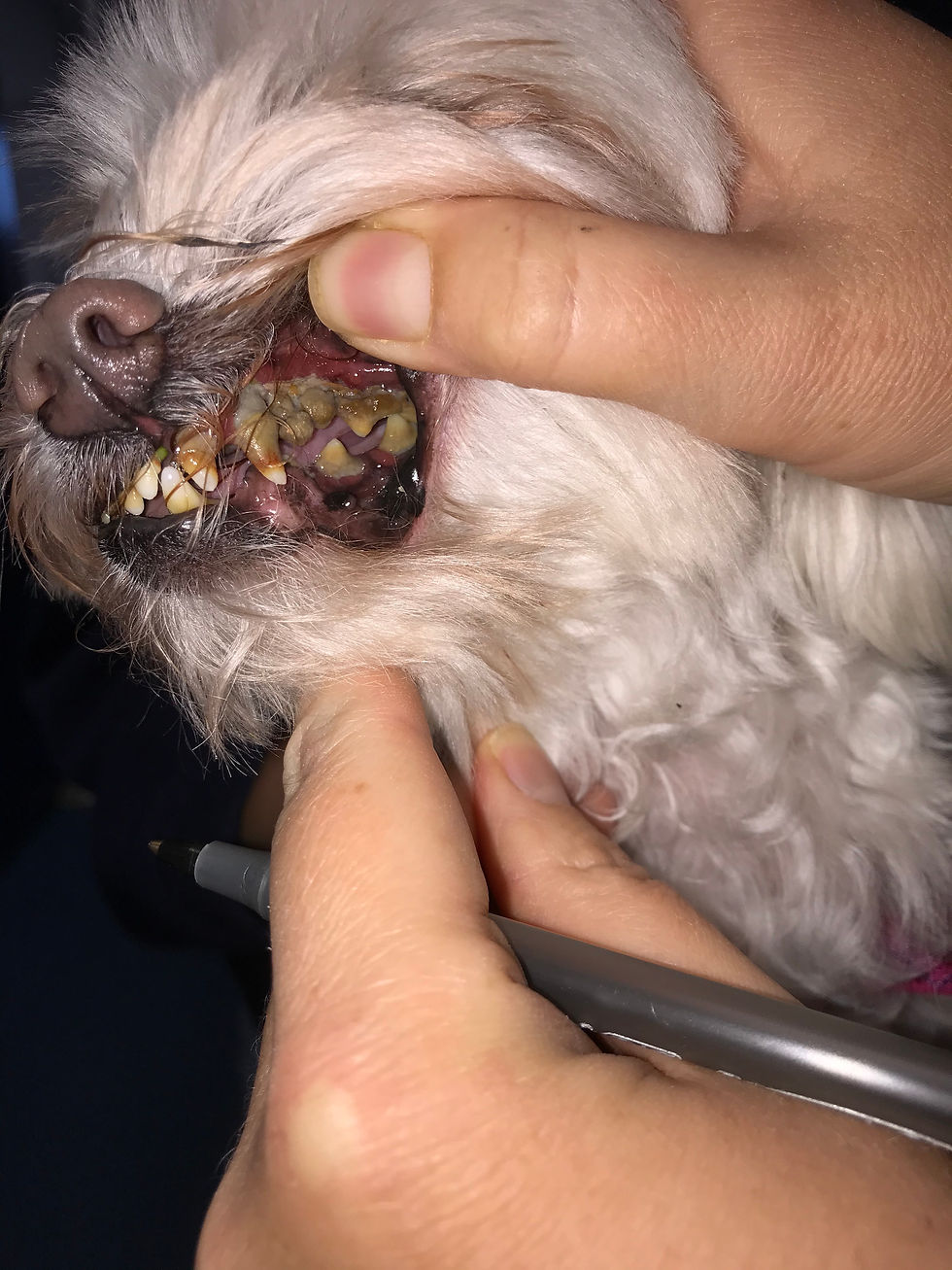Spays and Neuters for Days - Part 1: Preparing the Animal for Surgery
- Gianna Scala

- Dec 17, 2019
- 3 min read
Updated: Jan 14, 2020
Interning at the Southampton Animal Shelter: Observing Spays and Neuters - October 26th, November 25th, and November 26th
On my first day of interning at the Southampton Animal Shelter Clinic I had the opportunity to observe many routine surgeries, such as spays and neuters in both cats and dogs. I was walked through the whole process of a spay and neuter for both of these common house pets by Dr. Mirante.
The process of spaying is slightly more complicated than neutering, and I will explain the whole process as Dr. Mirante explained it to me. The very first step is prepping and scrubbing the animal for surgery. First, the patient is given a dose of anesthesia. Intubation is also required (once the anesthetic is given) for dogs, but not for cats who can use an anesthesia mask. Once that process is finished and the anesthetic has kicked in, we bring the patient to the surgical table. Then we secure the patient to the table using surgical ties, and we put one on each limb of the patient in order to expose the entirety their body. Simultaneously, the veterinary technician attaches the patient to the oxygen and anesthesia machine. If the patient is a dog and is intubated, the tube is attached to both of these machines, and if the patient is a cat we use the anesthesia mask which is already connected to this device. Once the patient is properly connected to the machine and is receiving the proper amount of oxygen and anesthesia, we move on to the next step in the preparation process.

The next step in the preparation process is connecting the animal to the electrocardiogram (EKG machine). There are very specific locations on the patient's body where each clip is placed, and before each clip is placed we must douse each area in alcohol in order to get the best reading. The proper placement for the white clip is the left forelimb, and is placed on a thin piece of skin right above the elbow. The black clip is placed in the same area as the white clip on the right forelimb. The last clip, which is the red clip, is placed on the right hind leg directly above the knee. This placement of the clips along with the alcohol allows the electrocardiogram to read the patient's vital signs as accurately as possible.

The final step in the preparation process is to shave and scrub the surgical site on the patient's body. If the patient is undergoing a spay, then the patient must be shaved down to the point that the last four nipples are exposed. If the patient is undergoing a neuter, than the testicles along with about an inch of the surrounding area must be shaved. Once that is done we use a gentle vacuum to remove the shaved fur from the surgical region, and then we begin the scrubbing process. The scrubbing process includes taking gauze from two different containers. In one container there is gauze that has been soaked in a dilute chlorhexidine solution (the green liquid) and the other container holds gauze which has been soaked in alcohol. When scrubbing the patient, we alternate between both solutions six times starting with the dilute chlorhexidine solution. When scrubbing the patient it is important to start in the center of the shaved region and then in a spiral rubbing motion work outwards. It is important not to contaminate the surgical region with bacteria from the patient's fur, and that is why we start in the center and work outwards in a spiral motion in order to avoid any cross contamination. I was given the opportunity to complete both of these steps on my own, and that job was stressful but I was confident in myself and my mentor's supervision.

When I was interning at the animal clinic I learned how meticulous the process is for prepping an animal for surgery. I realized that the preparation process is just as important, if not more so, as the actual surgery itself. I was able to assist in the entire preparation process, except for when it came to intubating or connecting the animal to anesthesia and oxygen. In order for the surgery to be successful in the long term, it is key that the patient be prepped and scrubbed properly before hand, and this fact was not as significant to me until I interned at the clinic.



Comments